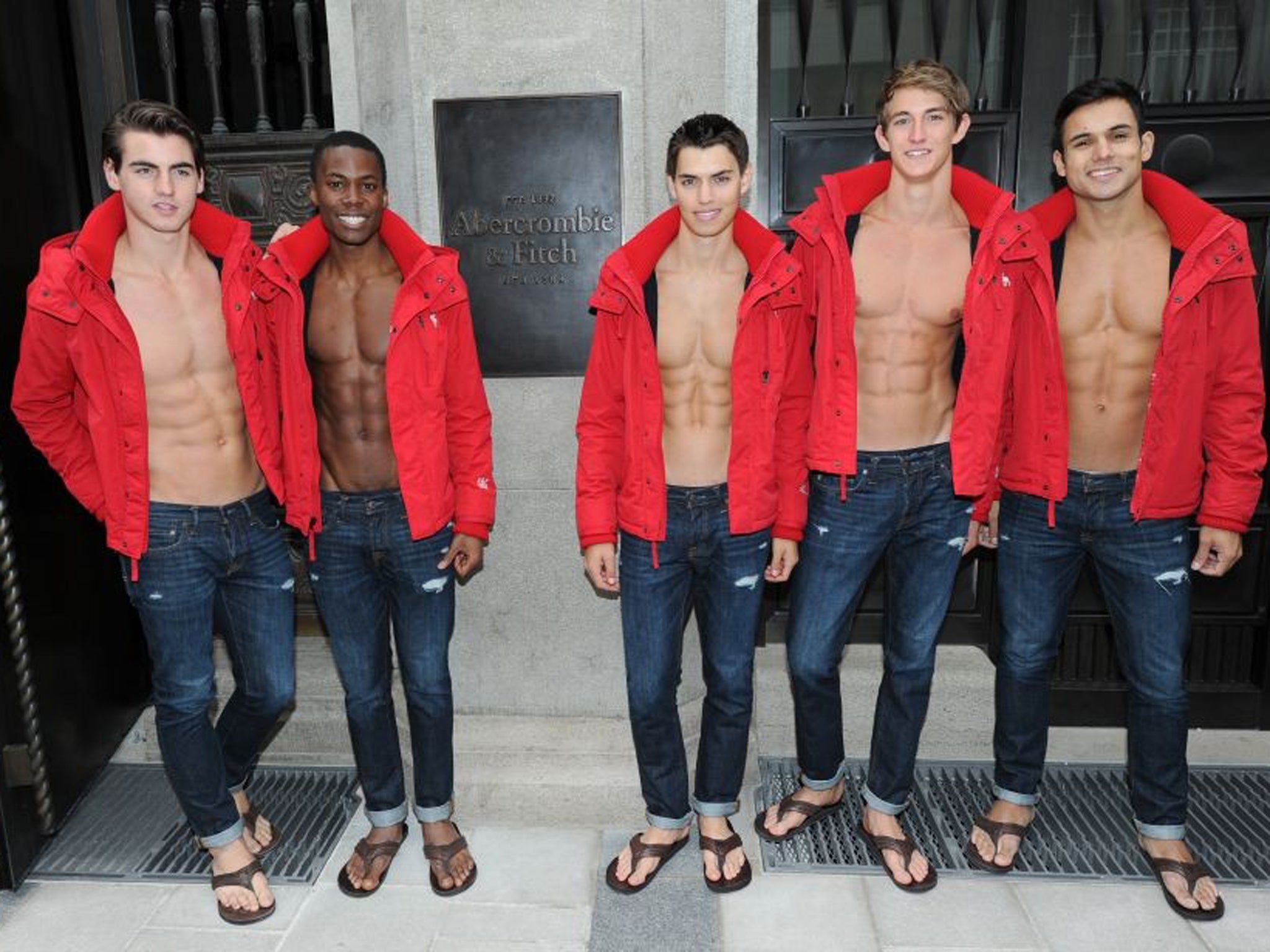It's hard to feel sympathy for Abercrombie & Fitch's falling sales
The costly clothing emporium is branching out into larger sizes, which is rich considering its CEO's controversial opinions on body size

It’s hard not to feel smug about the news that, following a dip in sales, Abercrombie & Fitch is starting to sell clothes in plus sizes to attract new customers. Because, of course, up until now, they’ve always seemed dismissive of anyone who didn’t quite conform to their strict idea of a target market.
CEO Mike Jeffries announced in a 2006 interview with Salon, “a lot of people don’t belong [in our clothes], and they can’t belong. Are we exclusionary? Absolutely. Those companies that are in trouble are trying to target everybody: young, old, fat, skinny. But then you become totally vanilla. You don’t alienate anybody, but you don’t excite anybody, either.”
How ironic that the company which is now losing customers and deciding to change its marketing stance is Abercrombie & Fitch itself. Jeffries may believe that the “cool and popular kids” are his target audience, but maybe popular kids have changed from when he was young. At the moment, young people seem to be looking towards vintage clothes stores, markets and charity shops, which provide clothes for all shapes and sizes, to create their own unique outfits unlike the dull uniform that Abercrombie has to offer. It seems that the public are no longer excited about the overpriced hoodies and tracksuit bottoms in A&F stores, with their logo plastered over the legs.
The fact that Abercrombie actively searches for attractive shop assistants, whom they call “models”, shows how discriminatory the company can be. Despite the shop assistants being fairly well paid, I think it should be seen as an embarrassment to work in the store as the CEO has made his superficial views so public. At the same time Abercrombie announced that it would start selling larger clothes sizes, Debenhams became the first mainstream retailer to launch size 16 mannequins. Perhaps one of the reasons Abercrombie has had a dip in sales is because they now look so far behind the times.
Two years ago, American Apparel released a competition to find “The Next Big Thing”, a “booty-ful model who needs a little extra wiggle room”. The rightful winner of this contest, Nancy Upton, was not accepted as American Apparel’s first plus-sized model because the company argued that she did not “exemplify the idea of beauty inside and out” with images of her modeling while stuffing her face with cake. Upton was ranked first out of 991 votes, which just goes to show that perhaps the popular option can be someone taking a stand against fattism.
Similarly, a Change.org petition demanded that Jeffries of A&F “stop telling teens they aren’t beautiful; make clothes for teens of all sizes!” After losing a good deal of value this year and closing UK stores of the Australian underwear label Gilly Hicks , which A&F owns, it is goodif Jeffries has concluded that it might be time to start creating clothes that the rest of the public can wear.
Subscribe to Independent Premium to bookmark this article
Want to bookmark your favourite articles and stories to read or reference later? Start your Independent Premium subscription today.

Join our commenting forum
Join thought-provoking conversations, follow other Independent readers and see their replies